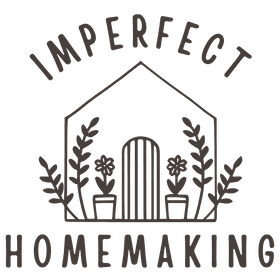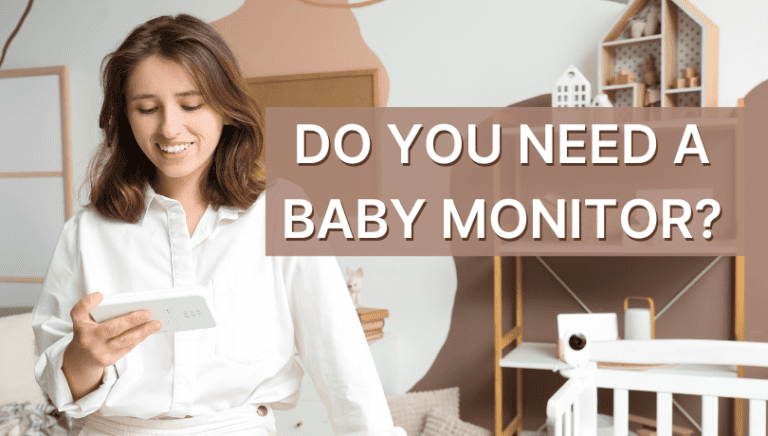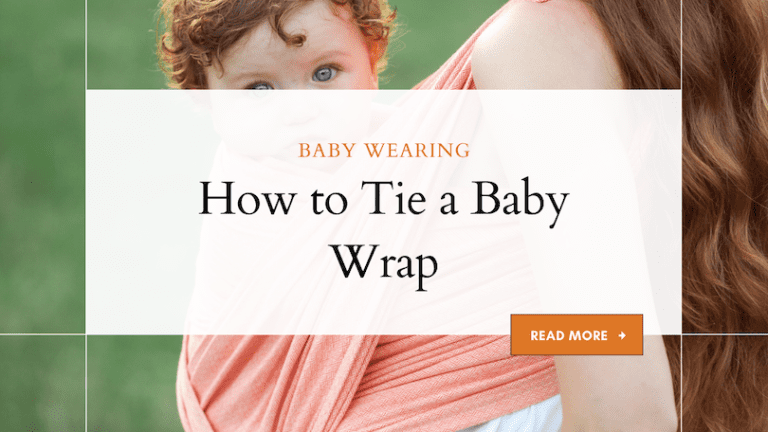How Many Baby Bottles Do I Need? Practical Guide
Hello, new parents! Welcoming a new baby to your home? You must be busy prepping things for before your little one arrives, what with the nursery, cribs, and getting essential baby products. And baby bottles are certainly on that list too. Whether you decide to breastfeed your baby or give them formula milk, bottles are saviors.
Now, with that, comes a storm of confusion–how many baby bottles do I need? Am I using the right one?
Today, after six kids, I definitely have a lot more experience in this subject. So, here’s a guide on baby bottles. But, first, let’s just take a little peek at the types of baby bottles that you can opt for.
Table of Contents
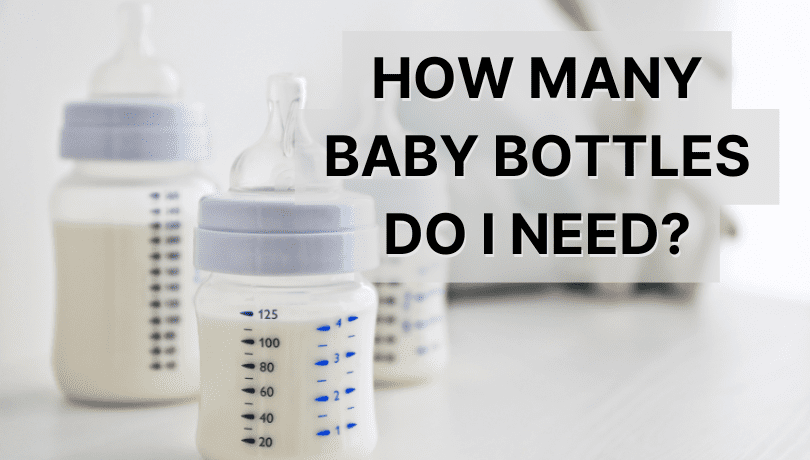
Types of Baby Bottles
New-age parenting is becoming very convenient in terms of the massive options available in baby products. When it comes to baby bottles, there are plenty of ranges today.
- Standard Baby Bottles: These common bottles are easily available in the market. They are reasonably priced and come with nipples and lids.
- Anti-Colic Baby Bottles: The anti-colic bottle is my favorite. Though priced higher, this does wonders in preventing your child from getting colic. The presence of air vents and tubes does a lot to limit the excess air your baby swallows.
- Ready-to-Feed Baby Bottles: These bottles are great if you need formula milk. They come with pre-filled powdered milk and the bottle controls the temperature and ensures that the milk is bacteria-free. However, please consult your doctor before getting one.
- Wide Baby Bottles: These bottles are a wider version of basic/standard bottles. They are broader, however, the amount of milk that you put in is the same as other bottles. Wide-necked bottles come with silicone nipples and a sealing lid.
Depending on your needs, you can also choose between plastic and glass baby bottles. Glass baby bottles are sometimes easier to clean and can be used for longer.
How Many Baby Bottles Do I Need?
When it comes to feeding your child, mothers, I understand that it is certainly your decision whether you wish to completely breastfeed or partly provide formula milk too. With my youngest son, I breastfed him and introduced him to formula milk in between as well.
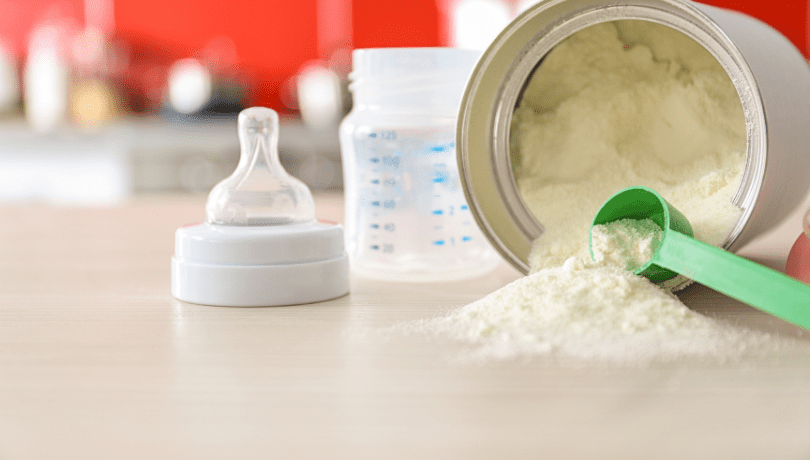
Also, I would like to emphasize that there is no set number of bottles that you will require initially. However, I have summed up the average number of bottles that you can expect to use, according to the different stages of a baby’s development. Let’s take a look:
1. At Newborn Stage
Exclusively Breastfeeding: Two to Four Baby Bottles
- Initially, your baby will demand feeding every few hours. The first few months will be all about repetitive feeding. If you are a stay-at-home mom, two to four bottles will be ideal for you.
- Even if you’re breastfeeding, having this number of bottles can prove beneficial, as you can get your partner to share duties with you while you take a rest or do other chores. Also, bottles are helpful during overnight feeding too.
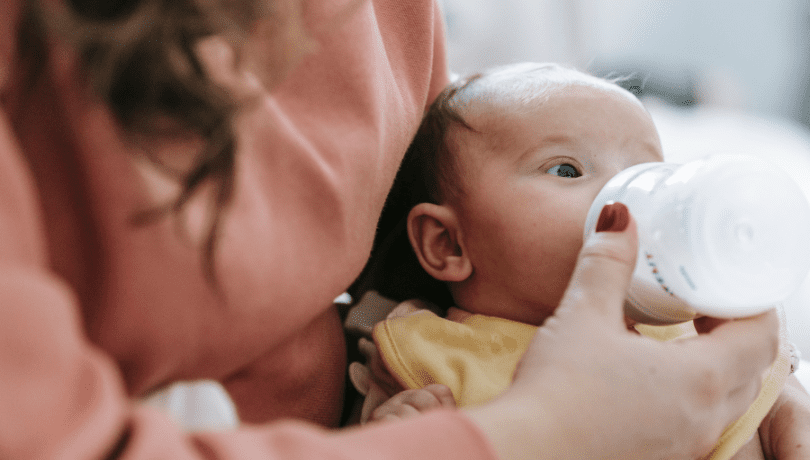
Mix-Feeding or Formula Feeding: Three to Six Bottles
- When it comes to formula feeding the baby, you must have at least three to six bottles with you. I ensured that I kept spare bottles to minimize the need to clean bottles immediately after every feed.
- This helped me a lot and I could focus on my baby’s feeding schedule way better. For mothers who are seeking to feed both breastmilk and formula, I would strongly recommend buying a minimum of three bottles.
2. For Working Parents
Six Bottles and More
- If you are a working mom and tend to use breast pumps, then I would suggest keeping six bottles and more for your little one. This will be helpful because babies require a minimum of six feedings per day. Also, having multiple bottles will reduce the need for cleaning and sterilizing often.
- When you leave your child at daycare or with the babysitter, prepare the bottles before you leave. This will ensure that your baby is getting enough nutrition.

Another mother, a dear friend of mine, does this –
“I have 8 bottles in total. It’s been a lifesaver to have extra bottles, even though we have a small kitchen. With breast pumping and recovering from childbirth, keeping extra bottles has saved me and my partner’s time a lot. We could easily schedule our time for cleaning the bottles at our convenience”.
When Your Baby is Six Months and Older…
- Once your child reaches the age of six months, the number of bottles you need will start reducing. After a few months, you’ll also need to introduce your child to solids, so that will keep them full and reduce the need for breast milk or formula milk.
- The number of bottles you’ll also need reduces as your child starts adapting to sippers and cups.
Things to Look for in Baby Bottles
Now that you have understood the number of baby bottles you’ll need, let me take you through the key features that you should consider while buying a baby bottle.

Bear with me for a moment more, and take a look below at the key pointers:
- Proper air vents to reduce colic symptoms.
- Easy to clean.
- Nipples must be tilted and not have any cracks.
- Tight grip and a strong lid to prevent the bottle from opening during feeding.
- Highly durable and made with good quality, non-toxic materials.
Choosing the right baby bottle is equally important, as this will directly impact your little one’s health and development. If you notice cracks, or other wear and tear, do not hesitate to replace your baby’s feeding bottles as soon as possible. You can also reuse baby bottles if they are well-maintained and within the replacement timeframe.
You May Also Like: Why is My Baby Squirming While Bottle-Feeding?
Takeaway on Baby Bottles
I am sure you’d agree with me, dear mothers, that feeding is certainly the ultimate pathway for enhanced health and better development for your baby. Being a mother, I have been very particular about the feeding schedule for all my six children.
I strongly recommend that you keep bottles according to your feeding schedule. If you are breastfeeding your child, then, I am sure that even a bottle or two will do good for you. However, if you wish to switch to a bottle at your convenience, add more to your stock.
Also, remember that feeding patterns do differ from one baby to another. So, keep that in mind when you choose baby bottles.
If you feel stuck somewhere, do not hesitate to consult your doctor. Until then, happy feeding!
